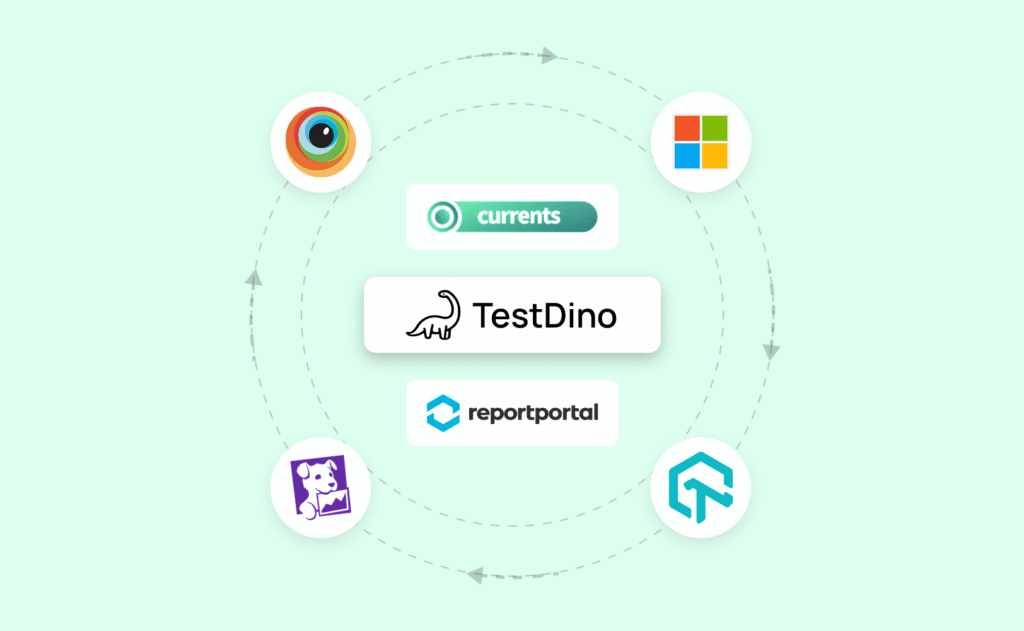Selecting the right test reporting platform is essential for today’s QA and engineering teams. BrowserStack is generally known for cross-browser testing, but numerous teams consider its reporting features to be limited, costly in scale, and not entirely suited to Playwright reporting requirements.
Consequently, QA managers and engineering leaders are now turning to BrowserStack alternatives that provide more comprehensive test analytics, faster adoption, and AI-based debugging.
That’s why we’ve compiled the 7 top BrowserStack Test Reporting Alternatives for 2025, beginning with TestDino, a Playwright-first reporting solution built for speed, intelligence, and actionable insights.



